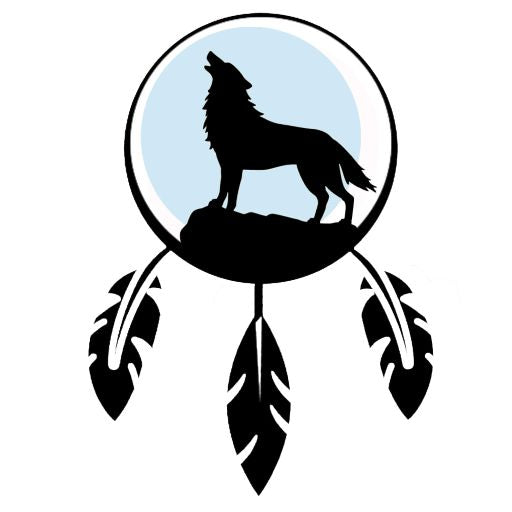What is Truth and Reconciliation Day?

Truth and Reconciliation Day is an important commemoration in Canada, intended to honour the victims and survivors of residential schools and to promote reconciliation between Indigenous and non-Indigenous peoples. This day, observed annually on September 30, was established to raise public awareness of the consequences of assimilation policies and human rights violations inflicted upon Indigenous children.
Historical context
Canada operated a residential school system for Indigenous children from the 19th century until the late 1990s. These institutions were often run by churches and subsidized by the federal government. The goal was to assimilate Indigenous children by separating them from their families and cultures. Conditions in these schools were often deplorable, with widespread physical, emotional, and sexual abuse. This system left deep scars on Indigenous communities, affecting generations of people.
The Truth and Reconciliation Commission
In 2007, the Canadian government launched the Truth and Reconciliation Commission (TRC) to examine the impact of residential schools on Indigenous peoples. The TRC collected testimonies from survivors and published its final report in 2015, which included 94 Calls to Action to promote reconciliation. The creation of Truth and Reconciliation Day is one of the outcomes of this commission.
Meaning of the day
This day aims to achieve several objectives:
1. Recognition and Remembrance : This allows us to acknowledge the pain and suffering of the victims and survivors of residential schools. It is a time to remember the children who were taken from their families and to honor those who never returned home.
2. Awareness : It seeks to raise public awareness of the stories and realities experienced by Indigenous peoples, as well as past and present injustices.
3. Reconciliation : It encourages open dialogue between Indigenous and non-Indigenous peoples, fostering greater understanding and mutual respect. Reconciliation involves concrete actions to redress injustices and build relationships based on fairness and respect.
How to celebrate the day
Truth and Reconciliation Day is often marked by various activities such as ceremonies, educational events, discussions, and marches. Many people wear orange clothing to symbolize solidarity with residential school survivors, in reference to the "Every Child Matters" campaign launched by the TRC.
Conclusion
Truth and Reconciliation Day is a crucial moment to reflect on Canada's history, honour the victims of residential schools, and work together toward a more equitable future. It reminds everyone of the importance of listening, empathy, and engagement in the reconciliation process, in order to build bridges between cultures and respect the diversity of voices that make up the Canadian landscape.
